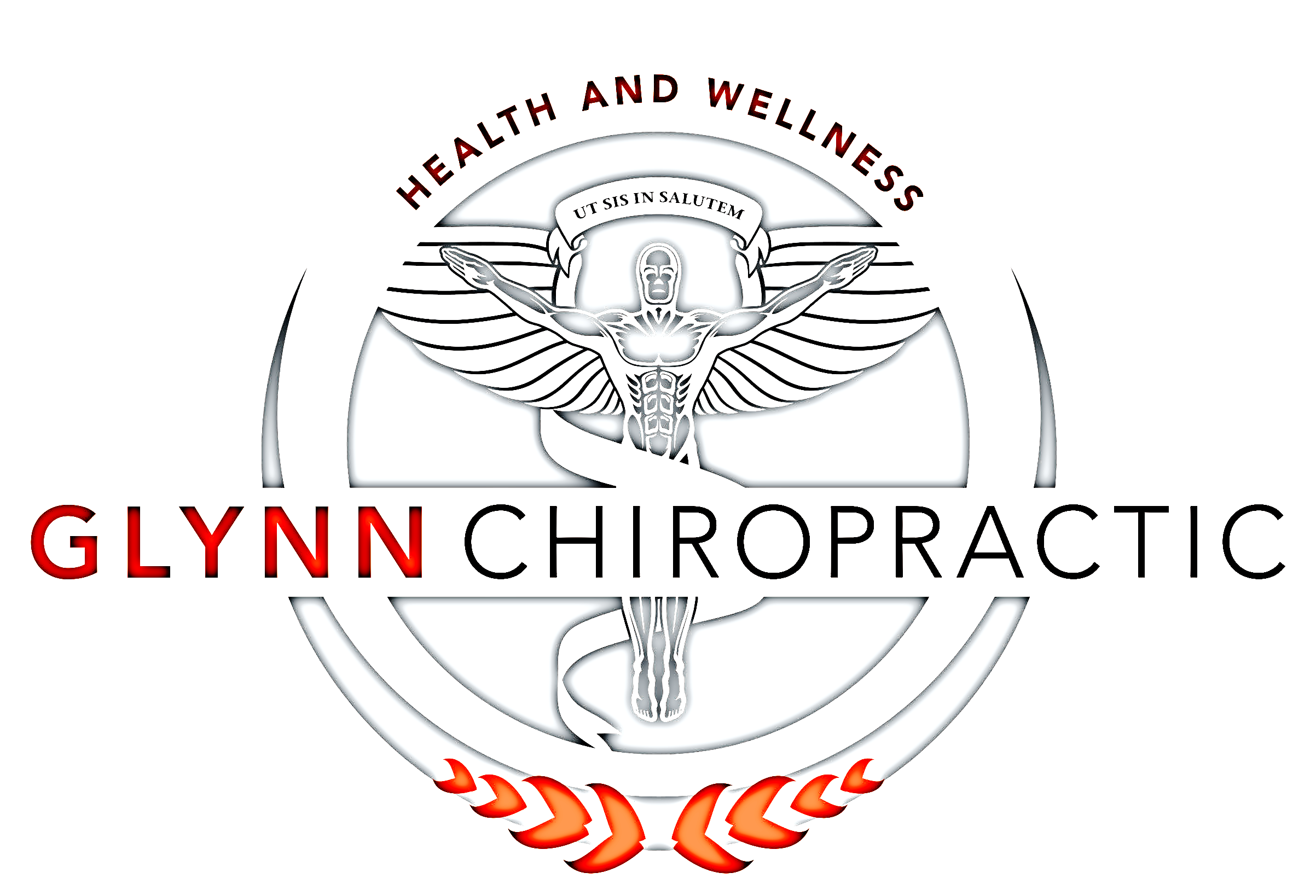What happens when we get Adjusted / Manipulated / Cracked
Picture this: you've got a marvel of nature – a complex and intricate system of approximately 33 vertebrae, encompassing around 100 joints, 23 intervertebral discs, 120 muscles, and 220 ligaments – all working in harmony to keep you upright, mobile, and functioning at your peak. This is your spine. But what happens when a mere glitch in this delicate machinery sends ripples of chaos, manifesting as pain and a cascade of neurological consequences? Dive with me into the profound depths of the vertebral joint complex, the focal point where the art of chiropractic meets the science of pain.
In order to understand the adjustment, I need to first explain why pain and muscle spasm occur. Pain and muscle spasms occur when you lose the instantaneous axes of the joint motion. A joint in the spine consists of two vertebrae stacked on top of one another. This stacking creates what is called a vertebral joint complex, which is comprises of over 6 different joints. These joints allow for the spine to move in all ranges of motions. (In the back alone we have: ~33 Vertebrae of the spine which consist of ~ 100 joints, ~23 intervertebral discs, ~120 muscles, ~220 ligaments)
When the vertebral joint complex becomes fixed or stuck, the joint’s cartilage starts to break down a substances called polyanionic glycosaminoglycans. This can be due to an increase in joint stress, lack of motion or physiology, and compression. Polyanionic glycosaminoglycans then break down depolarize nociceptive type (III & IV) afferent fibers which are found in the intertransverse ligaments and ligaments of the extremities.
The abundance of polyanionic glycosaminoglycans stimulates the primary neuron of the nociceptive system (Pain Fibers from the site of your injury that go to the spinal cord) to fire onto the second order neurons of the anterior lateral system(ALS). The ALS are nerve fibers that take the information that is given to them from the primary neurons and sends them to the brain for further processing.
The second order neuron than talks directly to the reticular formation located in the brain stem. This area houses autonomic centers and neuro integrators. This second order neuron then travels to the Thalamus, Limbic system and terminates in the cortex for processing and interpretation of pain. Once processed and localized in the cerebral cortex, the cortex then sends a signal back through descending neuro pathways to the affected site. Both ascending and descending pathways will activate different areas of your brain that may not be associated that location of pain. This is why you may feel (i.e. faint, dizziness, ringing of the ears, blurred vision, nausea, increased heart rate, increase breathing rate, feeling of weakness, screaming, yelling, jumping up and down, rubbing, holding of the breath). This is due to the different ways people are wired and how they process, interpret and express sensory stimulation.
In other words, when there is fixation of a joint (lack of motion), the joint starts to break down creating “toxins” to your tissues, which causes irritation to the nerves. This then sends signals to your brain to tell it that there is something wrong at that joint level and needs to be fixed. Pain ultimately does not allow your brain to work efficiently and can cause other symptoms that we indicated above.
The adjustment will restore the motion in the joint, which in turns activates the brain efficiently. These areas of the brain allow for a multitude of autonomic and physiological responses. Examples include: inhibition of pain, allows for better neurological processing, release of good feeling hormones, helps boost immune response (which helps take away the noxious toxin at the affected site), increase in blood flow to the affected area for growth and repair, increase muscle firing, decrease muscle spasm, regulate heart rates, increase range of motion, and restore a sense of self awareness.


